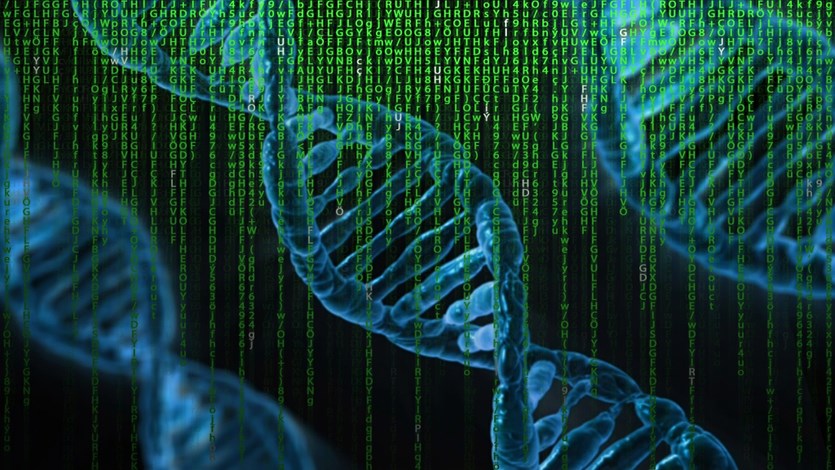On This Day in Tech History
Stories Published June 26 Throughout History
Historic Tech Events
K. Benz Patented the Gasoline-Operated Motor Car
On June 26, 1894, German engineer Karl Benz was granted a patent for his invention of the gasoline-operated motor car. This was a groundbreaking moment in the history of transportation, as it paved the way for the development of the modern automobile. Benz had been working on the design of the motor car for several years, and in 1886, he had completed his first successful test drive of a three-wheeled vehicle powered by a gasoline engine. This was the first practical gasoline-powered automobile, and it laid the foundation for the development of the modern car. Benz's patent for the gasoline-operated motor car was a significant milestone in the development of the automobile industry. The patent covered the entire concept of the automobile, including the engine, the transmission, and the chassis. This gave Benz exclusive rights to manufacture and sell his invention, which he did through his company, Benz & Cie.
A US Navy Rocket Launch Failed to Orbit
On June 26, 1958, the US Navy attempted to launch the Vanguard SLV-2 rocket carrying the Vanguard 1 satellite into Earth's orbit. This launch was part of the Vanguard program, a US effort to explore space and develop a satellite program. However, the launch was unsuccessful, and the satellite did not achieve orbit. The Vanguard program faced significant challenges and delays from the beginning. The Soviet Union had already launched the first artificial satellite, Sputnik 1, in 1957, which caused concern and embarrassment for the United States. The US government responded by launching the Explorer 1 satellite in January 1958, but there was still a sense of urgency to catch up to the Soviet Union in the space race.
The First Bar Code Reader in the US Was Introduced
On June 26, 1974, the first barcode scanner was used to scan a pack of Wrigley's Juicy Fruit gum at a Marsh supermarket in Troy, Ohio, USA. This event marked a major milestone in the history of retail and technology, as it ushered in a new era of automated inventory tracking and product management. The barcode scanner was developed by a team of engineers led by Norman Woodland and Bernard Silver in the 1940s and 1950s. The system used a series of lines and spaces of varying widths to represent numerical data, which could be read by a scanner and translated into product information. The use of barcodes and barcode scanners revolutionized the retail industry, allowing for more accurate and efficient inventory tracking, faster checkout times, and better customer service. Today, barcodes are used in a wide range of applications beyond retail, including healthcare, manufacturing, and logistics. The first barcode scanner used in the US in 1974 was a handheld device that was connected to a computer system. It was able to scan the barcode on the pack of gum and record the sale of the item.
The First Draft of the Human Genome Was Released

On June 26, 2000, the first draft of the human genome was announced, marking a major milestone in the history of genetics and biotechnology. The Human Genome Project, a joint international research effort, had been working for more than a decade to sequence and map the entire human genome, which contains the complete set of genetic instructions that make each person unique. The announcement of the first draft of the human genome was a major scientific achievement, as it represented the culmination of years of research and collaboration. The project involved the work of hundreds of scientists from around the world, who used a combination of high-tech laboratory techniques and computer algorithms to sequence and analyze the genetic code.
2025
2024
2023
2022
2021
#Facepalm: "Google Intending To Ban ICO ADs Ended Up Banning Crypto Wallets Too" - Jonathan Speigner
2020
2019
2018